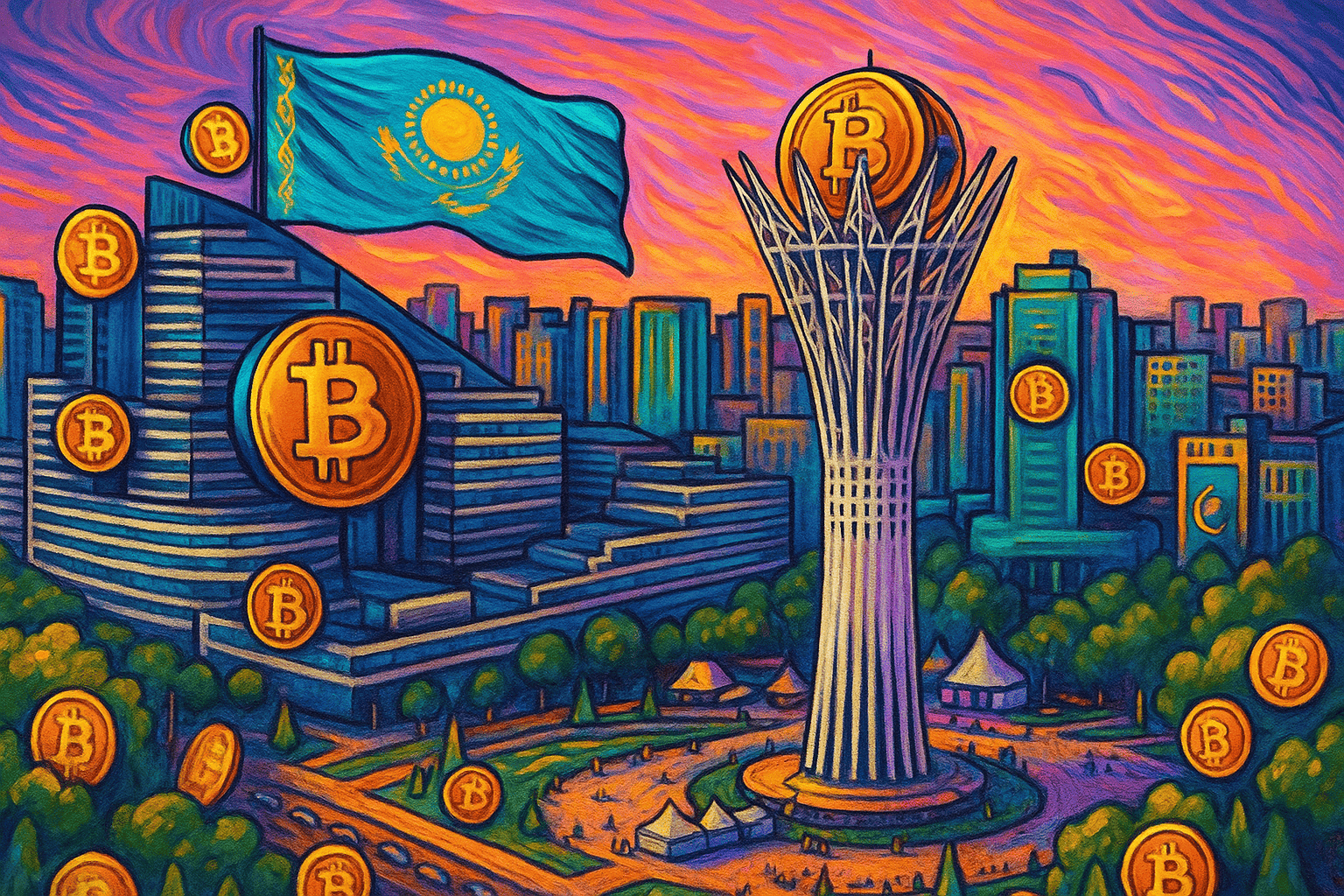Golem
Download app Ironwallet and get tool for making transaction without network fee
About Golem
Golem is an open-source, decentralized supercomputer powered by the Ethereum blockchain. The project launched in 2016 with the goal of creating a global market for computing power. Golem aims to be an Airbnb-like platform that allows anyone to rent out their unused computing resources, and anyone else to rent computing power as needed.
The Golem network is comprised of providers, requestors, and software developers. Providers contribute computing resources like processing power, storage space, and bandwidth to the network. Requestors can then tap into these pooled resources to run tasks and applications. Software developers can build new apps on top of Golem.
The Golem cryptocurrency token GLM is used to pay for resource usage on the platform. GLM provides economic incentives for providers to contribute resources and maintain network integrity.
History of Golem
Golem was founded in 2016 by Julian Zawistowski, Piotr Janiuk, Aleksandra Skrzypczak, and Andrzej Regulski. The project conducted an ICO in November 2016, raising 820,000 ETH which was worth about $8 million at the time.
The first version of Golem, Brass Golem, was released in April 2018. It allowed users to rent out computing power for CGI rendering. Clay Golem followed in Q1 2022, expanding use cases beyond graphics rendering. Next up is Iron Golem, which will introduce new tools for decentralized dataset storage and privacy.
The Golem team is based in Poland and has partnered with renowned institutions like Stanford University and University College London. The project has received grants from the Ethereum Foundation.
How Golem (GLM) Works
The Golem network utilizes a decentralized, P2P model to connect resource providers and requestors. When a requestor submits a task to the network, the software locates providers with the computing power to complete the task. Providers then bid for the right to complete jobs and earn GLM tokens as payment.
Golem uses Ethereum smart contracts to coordinate this market for computing resources. Contracts match tasks with provider machines, handle payments, and redistribute provider collateral if they fail to deliver. This keeps the interactions decentralized and trustless.
To ensure security, tasks run inside trusted execution environments called Graphene. Graphene uses Intel SGX technology to protect data and code while being processed. This confidential computing prevents tampering by third parties.
Decentralized Golem Network
Golem aims to be a fully decentralized ecosystem for computing, unlike centralized cloud services offered by big tech companies. By decentralizing, Golem makes computing power open and accessible to anyone while removing single points of failure.
Participants can join the network by downloading the Golem app. Requestors simply install the app and can immediately start buying computing resources with GLM tokens. Providers similarly set up the app and then offer spare computing power to start earning GLM.
This open model allows Golem to scale as more providers join, creating a collectively-owned cloud infrastructure. The global distribution of providers also gives task requestors access to nearby geographic resources, improving speed and efficiency.
Use Cases for Golem
Golem can support a wide range of decentralized applications and use cases. The first major use case is CGI rendering, which was introduced in the Brass Golem release. Media production companies can leverage Golem for 3D graphics, visual effects, and video rendering.
Other applications like machine learning, scientific computing, and password cracking can benefit from Golem’s on-demand access to processing power and distributed data storage. Companies can run big data analytics or train machine learning models on Golem.
For individual users, Golem provides an easy way to monetize spare computing resources. Gamers can earn GLM tokens for contributing GPU and CPU cycles while idle. Golem essentially allows anyone to create value from their dormant hardware.
Golem’s Tokenomics
The GLM token is central to aligning incentives and facilitating transactions on Golem. GLM follows a traditional utility token model. Requestors pay providers for computing resources with GLM tokens. Providers earn GLM as income for contributing resources.
GLM also functions as a governance token. Token holders can participate in determining matters like development funding allocation and network changes. GLM will enable token holders to become stakeholders in Golem’s future.
The fixed max supply of GLM is 1 billion tokens. About 82% of the supply was allocated to public and private sale participants. The Golem team retains only 6% of the total supply.
Comparison to Similar Projects
Golem is often compared to other decentralized computing projects like iExec and Ankr. The core difference is that Golem focuses on general purpose computing rather than blockchain-specific workloads. This gives Golem more flexibility and wider appeal.
SONM is another comparable project. But while SONM relies on more centralized components like an arbitrer, Golem operates as a purely decentralized P2P network. This gives Golem an advantage for security and scalability.
In terms of adoption, Golem has made steady progress over 6 years. Its lengthy track record gives Golem an edge over some newer entrants aiming to decentralize cloud computing.
Future Outlook for Golem
Golem continues to build out functionality and expand its decentralized ecosystem. The next major milestone is Iron Golem, which introduces decentralized data storage and increased privacy. This will open Golem up to more data-intensive computing use cases.
Decentralized dataset storage represents a massive market opportunity. Golem could become a major player in Web3 cloud computing by effectively developing this feature. Its P2P structure and security mechanisms provide an advantage over centralized cloud services.
If adoption continues growing, Golem could evolve into a collectively governed computing powerhouse, outcompeting legacy providers. Realizing this vision depends on further maturing the technology and cultivating a strong user base. But Golem’s impressive progress over 6 years positions it well for the road ahead.





















